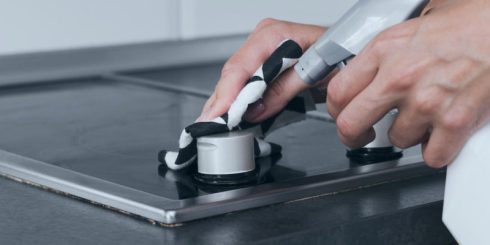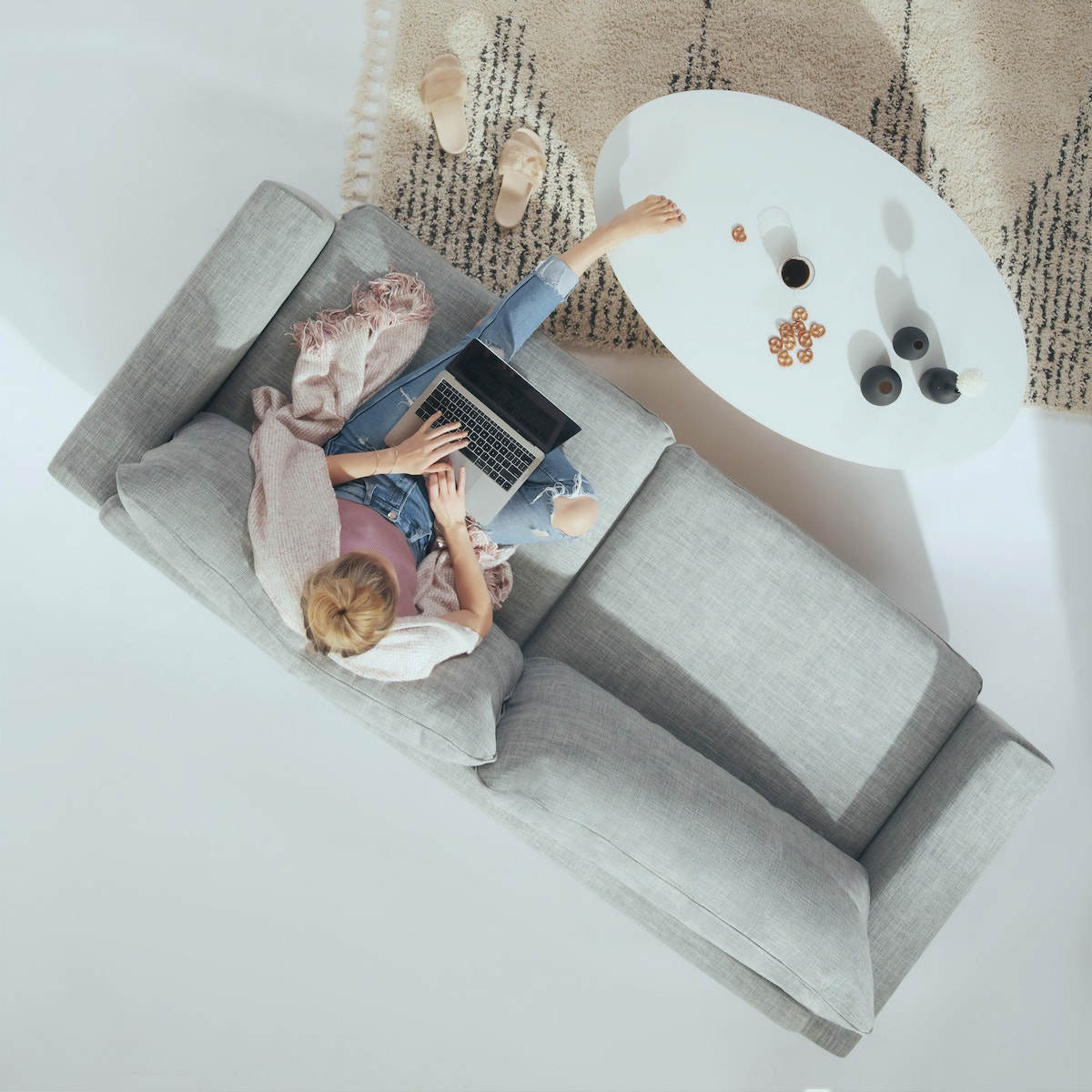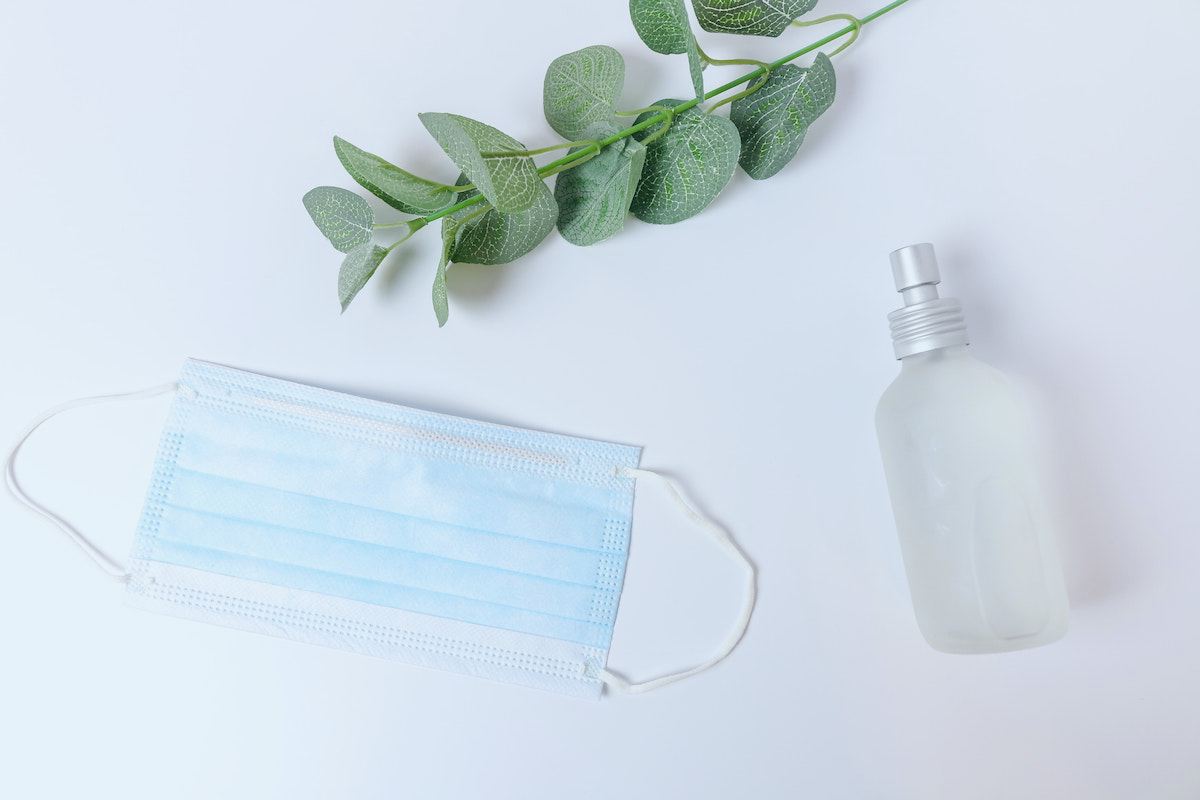How To Deep Clean Your Home Step by Step
Once winter has passed and summer is on the way, it’s time to think about a deep clean for your home. Deep cleaning at least once a year is so important because it gets your home in order so you’re ready for the year ahead. Your standard weekly cleaning is important for maintaining your home, but a deep clean house gives you a good base to work from.
Deep home cleaning is a big job to take on, but if you break it down into smaller jobs and get organized, you can make sure that you hit all of the important areas in no time while leaving your home cleaner than ever. This room-by-room breakdown will make sure you don’t miss anything and you can get your deep clean finished in no time.
Bathrooms

The bathroom is always a good place to start because they’re most likely to harbor bacteria, and they don’t take too long to clean. The main jobs you need to complete are:
- Dusting light fixtures and clearing cobwebs
- Cleaning bath, shower and toilet
- Washing mirrors and other surfaces
- Cleaning blinds
- Washing or replacing shower curtains
Tackling limescale is a very important job when cleaning the bathroom. If you let it build-up, it is far harder to get rid of. Use a limescale remover spray around the bath and shower particularly on the taps. If there is a lot of limescale around the showerhead, you should take it off and put it in a plastic bag with some water and vinegar. Leave it to soak for about an hour and the limescale will come right off.
If your taps and other fixtures are looking a little dull, bicarbonate of soda and lemon juice will bring the shine back. Mix them together into a paste and use it to buff the taps. After a few minutes, clean it off and they will look good as new.
Kitchen

The kitchen is another area that you should prioritize because you prepare your food there. Important cleaning tasks include:
- The tops and inside of kitchen cabinets
- Move appliances and clean floors behind them
- Vacuum around the refrigerator coil
- Wipe down appliances and countertops
- Window treatments
- Clean sink
When cleaning the cabinets, use the opportunity to take everything out and sort it as you put it back in, throwing away any out-of-date food in the process. That way, you kill two birds with one stone. You could even create a list of everything in the pantry so it’s easier to keep on top of things.
If you notice any bad smells in the fridge, you should leave a few slices of lemon in there. This will soak up any odors and leave the fridge smelling fresh.
Bedrooms

Creating a relaxing bedroom environment is important as it helps improve your sleep patterns. These are the main cleaning jobs you need to do in the bedroom:
- Dust around all knick-knacks, on bedside tables, behind the headboard and on ceiling fan blades
- Strip beds and wash linen
- Clean underneath the bed
- Flip or rotate mattresses
- Clean window treatments
- Organize your closets
Use your deep home cleaning as an opportunity to declutter in the bedroom too. When sorting through your closets, be realistic about things that you actually wear and if you haven’t worn something for a long while, donate it. Go through the drawers in your bedside tables too and get rid of things like old phone chargers.
Linen Closet
A well-organized linen closet makes life a lot easier for you when doing your standard home cleaning during the week. Complete these key tasks during your deep home clean:
- Remove all items and wipe down shelves
- Vacuum the floor
- Reorganize everything
Any linens that are at the back of the cupboard and don’t get used that often should be washed. Even though they haven’t been used, they still develop a musty smell when they are stuffed at the back of the cupboard.
Laundry Room
If you have a separate laundry room, you need to clean and reorganize it during your deep cleaning routine. Complete these simple tasks:
- Wipe down washer and dryer
- Vacuum the floor
- Throw out odd socks and old detergent containers
- Reorganize the space
When reorganizing your laundry room, you should consider adding a container for any bits and pieces you find in pant pockets. That way, if somebody in the family has lost something, they know where to look. Setting up separate hampers is a good idea if people in the house do their own washing. It’s also a simple way to separate your whites and colors.
Mudroom
The purpose of a mudroom is to get dirty, but that doesn’t mean you should miss it off your deep cleaning rota. These are the main task you need to do:
- Put away off-season clothes and footwear
- Declutter the area and wipe surfaces down
- Reorganize the space
Good storage is essential if you want to stay on top of clutter in the mudroom. A shoe carrier that hangs over the back of the door is perfect. Hooks on the wall are a simple but effective way to add more vertical storage too. A small hamper next to the door is perfect for wet gloves and socks too.
Living Areas

The common living areas in your home usually get a good clean during your normal routine, but there are still a few deep cleaning tasks you need to do:
- Declutter the room
- Dust surfaces and vacuum cobwebs
- Clean furniture and lampshades with the upholstery attachment on your vacuum cleaner.
If your carpets and soft furnishings are quite old, you should also consider calling in a professional cleaning service to give them a deep clean.
Outdoor Areas
Don’t neglect the outdoor areas of your home during your deep home cleaning either. Important tasks include:
- Sweep the patio areas and decking
- Store out of season decorations
- Wash the upholstery on outdoor furniture
If you have decking, you also need to stain it again to protect it from the elements. Your patio may also benefit from a deep clean with a pressure washer too.
If you follow all of the steps on this checklist, you can give your home a full deep clean and get ready for the year ahead.
Need help with your deep clean?
Allow our team of experienced technicians to help with your deep clean. Imagine everything else you could do with the extra time you will have by allowing us to deep clean your home. Don’t wait any longer and click here for your free quote!







